Some cities resist the efficient grid systems and logical layouts that define modern urban planning. Their winding alleyways, hidden courtyards, and labyrinthine streets evolved organically over centuries, creating environments where wandering without purpose often leads to the most authentic experiences and unexpected discoveries.
Here is a list of 20 cities around the world where abandoning your map and embracing disorientation becomes an essential part of experiencing their unique character and charm.
Venice, Italy
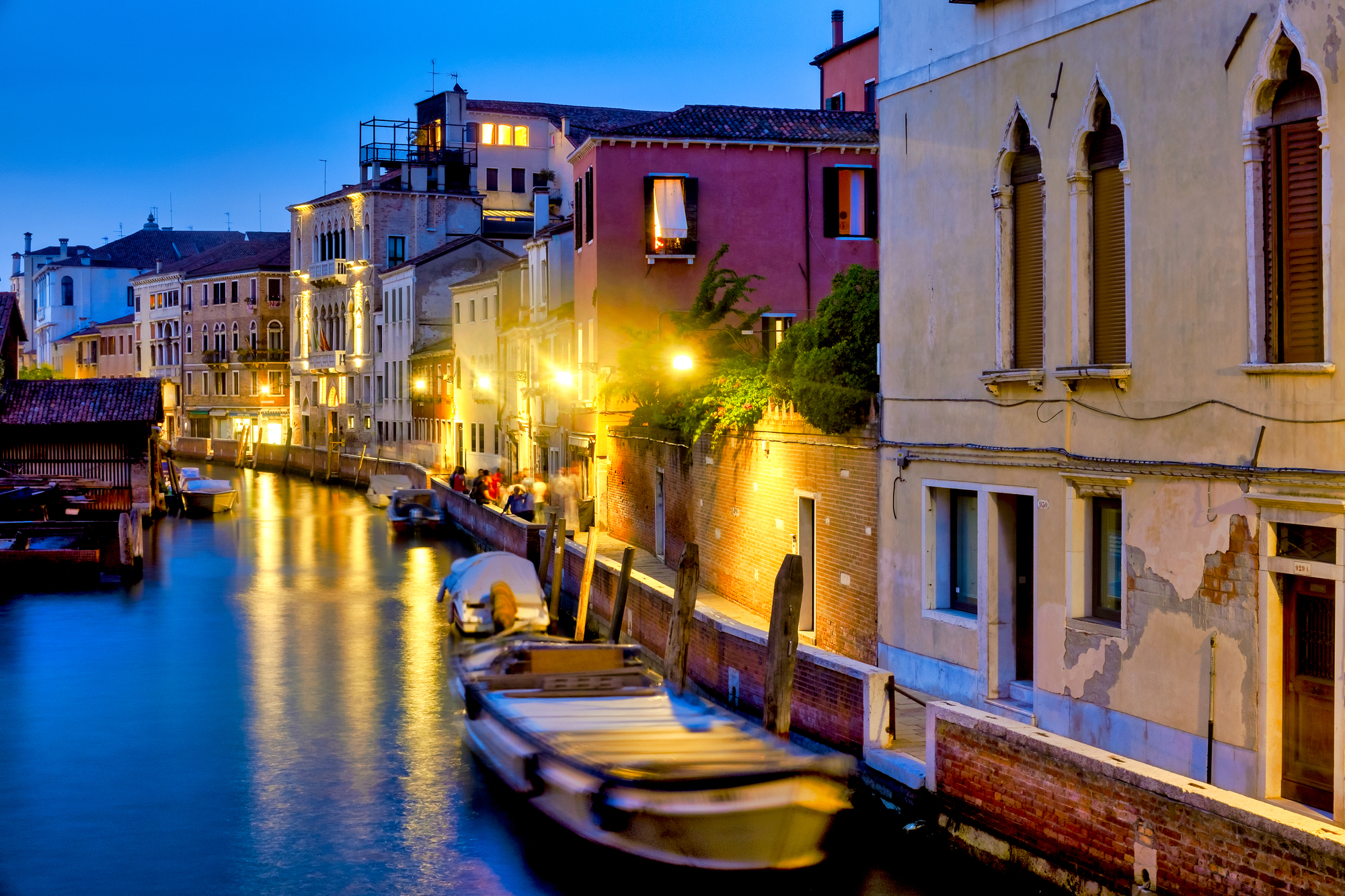
The floating city’s 118 islands, connected by 400 bridges and separated by 170 canals, create a magnificent maze where even GPS struggles to provide reliable navigation. The impossibility of straight lines and the absence of vehicles force pedestrian exploration through narrow calli that suddenly open into magnificent campi or dead-ends at canal edges.
The identical-looking bridges and passages ensure that even regular visitors make wrong turns, often leading to discoveries of neighborhood bakeries, artisan workshops, or quiet canals where local life continues beyond tourist routes.
Fez, Morocco
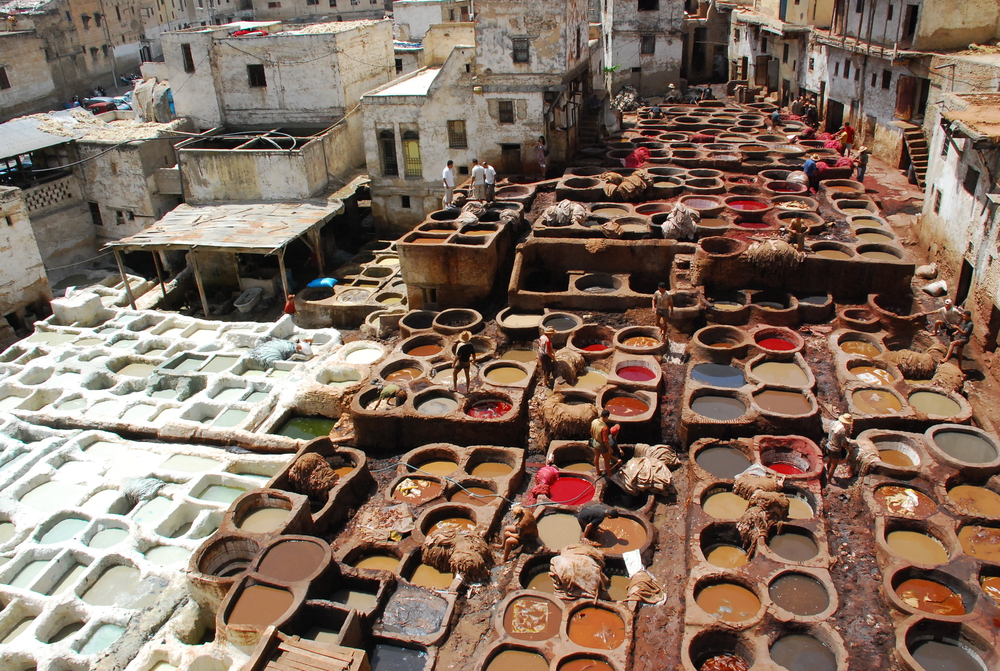
The world’s largest car-free urban area contains approximately 9,000 alleyways within its ancient medina, creating a medieval labyrinth that has challenged visitors for centuries. The narrow passages often lead to unexpected dead ends or suddenly open into bustling market squares filled with spice vendors, copper artisans, and carpet sellers.
The deliberate complexity—originally designed to confuse invaders—now ensures authentic encounters with everyday Moroccan life as you navigate by landmarks rather than street names or smartphone maps.
Like Travel Pug’s content? Follow us on MSN.
Kyoto, Japan
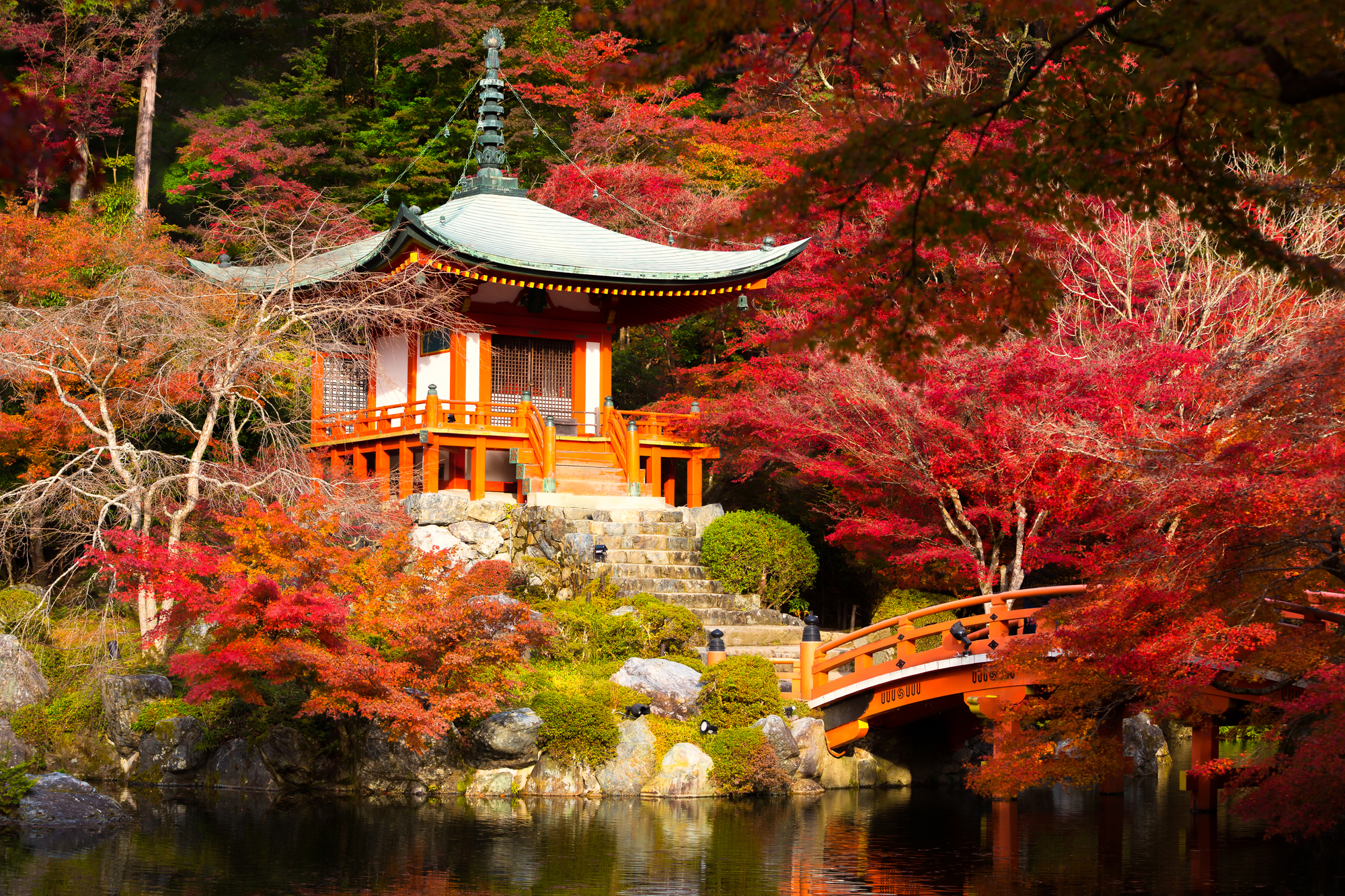
The former imperial capital maintains traditional neighborhoods where narrow machiya-lined streets create an intimate scale perfect for wandering without a clear destination. The discreet entrances to temples, gardens, and tea houses reveal themselves gradually as you explore beyond the obvious tourist sites.
The changing seasonal landscapes—from spring cherry blossoms to autumn maple leaves—transform familiar paths into new experiences, encouraging repeated exploration of the same areas across different times of the year.
Porto, Portugal
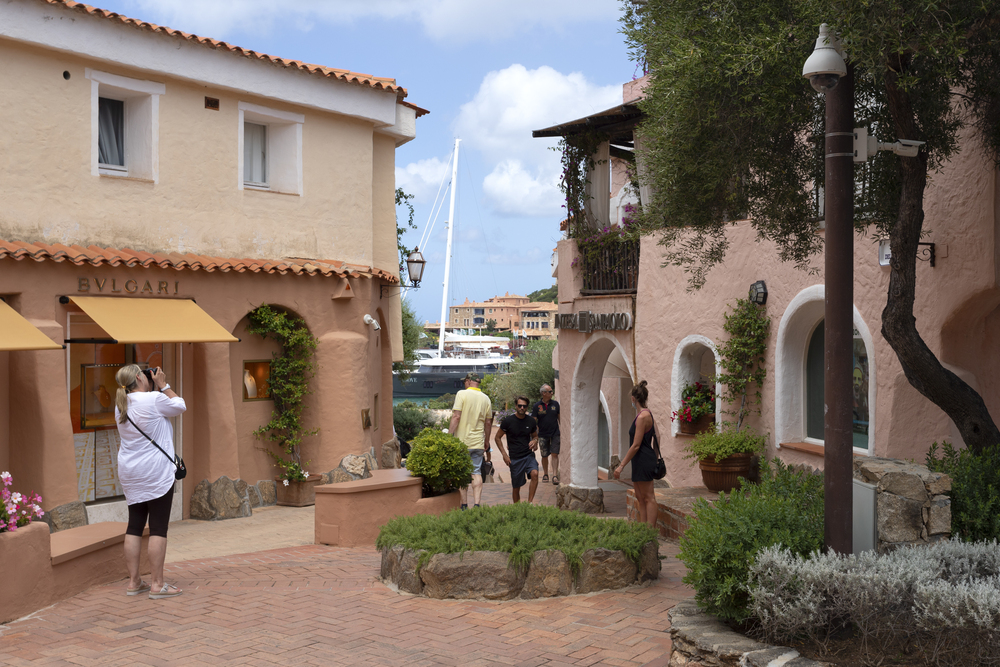
The UNESCO-recognized riverside district cascades down steep hillsides toward the Douro River, creating a three-dimensional puzzle of narrow streets, hidden stairways, and unexpected viewpoints. The vertical geography ensures surprise vistas appear around corners, with colorful tiled buildings framing glimpses of the river or opposite bank.
The complex topography developed over centuries creates a city that reveals itself layer by layer through physical exploration rather than planned itineraries.
Chefchaouen, Morocco

The distinctive blue-washed buildings of this mountain town create a dreamlike environment where navigation relies on subtle variations in azure hues rather than street signs. The Andalusian-influenced architecture features unexpected turns, covered passages, and tiny squares that appear without warning between residential areas.
The mountainside location adds vertical complexity to exploration, with stairways leading to rooftop viewpoints or continuing upward into the surrounding hills.
Like Travel Pug’s content? Follow us on MSN.
Lijiang, China
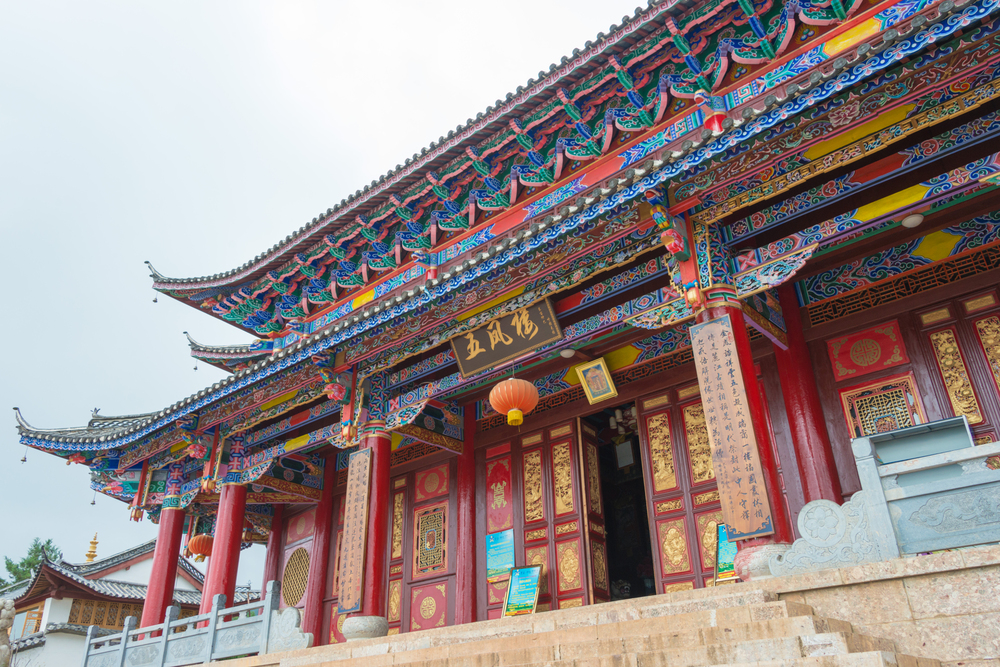
The ancient Naxi town features a brilliant canal system flowing through neighborhoods of traditional wooden buildings, creating an environment that is often compared to Venice yet distinctly Chinese. The deliberately confusing arrangement—with bridges crossing waterways at seemingly random intervals—originally served protective functions but now creates perfect conditions for discovery.
The absence of straight lines and grid patterns ensures each visit becomes a unique journey through living heritage rather than museum-like preservation.
Edinburgh, Scotland

The medieval Old Town features the Royal Mile spine with countless narrow wynds and closes shooting off at sharp angles, descending steeply toward either side of the ridge. The multilevel construction—with bridges crossing streets and passages running beneath buildings—creates a three-dimensional maze, particularly atmospheric in early morning fog or evening mist.
The hidden courtyards, underground vaults, and unexpected viewpoints reward explorers willing to follow unmarked passages away from the main thoroughfares.
Valparaíso, Chile
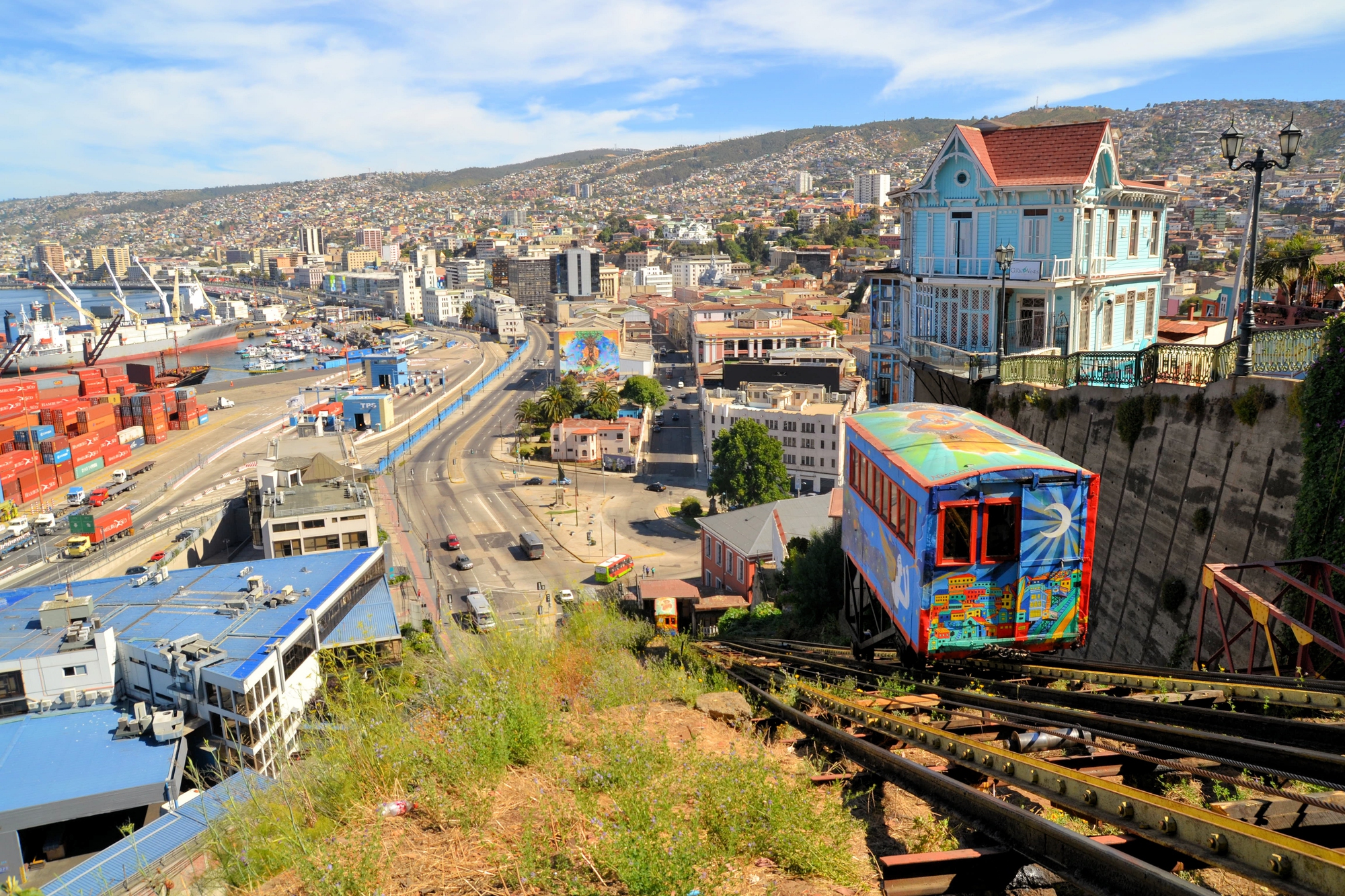
The UNESCO-protected port city cascades down steep coastal hills in a riot of colored buildings accessed by a combination of winding roads, staircases, and funicular elevators. The artistic community has transformed entire neighborhoods into open-air galleries where street art guides spontaneous exploration rather than planned routes.
The verticality ensures spectacular ocean views appear unexpectedly between buildings, while the hillside layout means parallel streets exist at entirely different elevations connected by steep staircases.
Like Travel Pug’s content? Follow us on MSN.
Varanasi, India

The sacred city’s ghats descend to the Ganges River from a tangled network of alleyways too narrow for vehicles, creating an environment where physical orientation becomes secondary to sensory immersion. The ancient streets follow no discernible pattern, often circling back on themselves or opening suddenly onto ceremonial spaces where religious rituals continue uninterrupted for thousands of years.
The deliberate maze-like quality encourages surrender to the city’s flow rather than attempted mastery of its navigation.
Istanbul, Turkey

The ancient city straddling two continents preserves distinctly different neighborhood characters connected by winding streets that follow topography predating modern planning concepts. The Grand Bazaar alone contains 61 covered streets and over 4,000 shops arranged in a layout designed to encourage lingering and discovery rather than efficient commerce.
The seven hills mirroring Rome create natural viewpoints that appear unexpectedly between buildings, offering moments of orientation before plunging back into pleasant disorientation.
Stone Town, Zanzibar

The UNESCO World Heritage Site features narrow streets barely wider than outstretched arms, creating intimate passageways between coral stone buildings adorned with intricately carved wooden doors. The deliberate absence of straight paths—originally designed to catch cooling sea breezes—now ensures visitors experience the full sensory impact of spice markets, coffee vendors, and seafood stalls.
The identical-looking alleyways encourage exploration using distinctive doorways as landmarks rather than conventional navigation.
Like Travel Pug’s content? Follow us on MSN.
Guanajuato, Mexico

The colonial mining city built in a narrow valley features subterranean roadways following former riverbeds while pedestrian streets wind organically across hillsides and through tunnels. The colorful buildings stacked up on steep slopes create vertical exploration possibilities with staircases leading to viewpoints and connecting parallel streets at different elevations.
The university presence ensures vibrant cultural life encountered through wandering, from impromptu music performances to literary references honoring native son Cervantes.
Mykonos, Greece

The deliberately confusing layout of narrow, whitewashed passages was designed to confound pirates, creating perfect conditions for modern-day wandering through a maze of identical-looking lanes. The sudden discovery of Little Venice, with buildings perched directly above the sea, provides memorable orientation moments before the labyrinth reclaims your sense of direction.
The deliberate disorientation techniques—including streets that change direction unexpectedly and dead ends appearing without warning—transform navigation challenges into exploration opportunities.
Alfama, Lisbon

The oldest district survived the 1755 earthquake that leveled much of Lisbon, preserving medieval street patterns that follow no logical organization beyond adapting to steep hillside topography. The narrow passages open unexpectedly onto miradouros (viewpoints), offering spectacular vistas across terracotta rooftops to the Tagus River below.
The fado music tradition permeates the quarter, with melancholy Portuguese songs drawing wanderers toward neighborhood establishments where locals maintain centuries-old musical traditions.
Like Travel Pug’s content? Follow us on MSN.
York, England
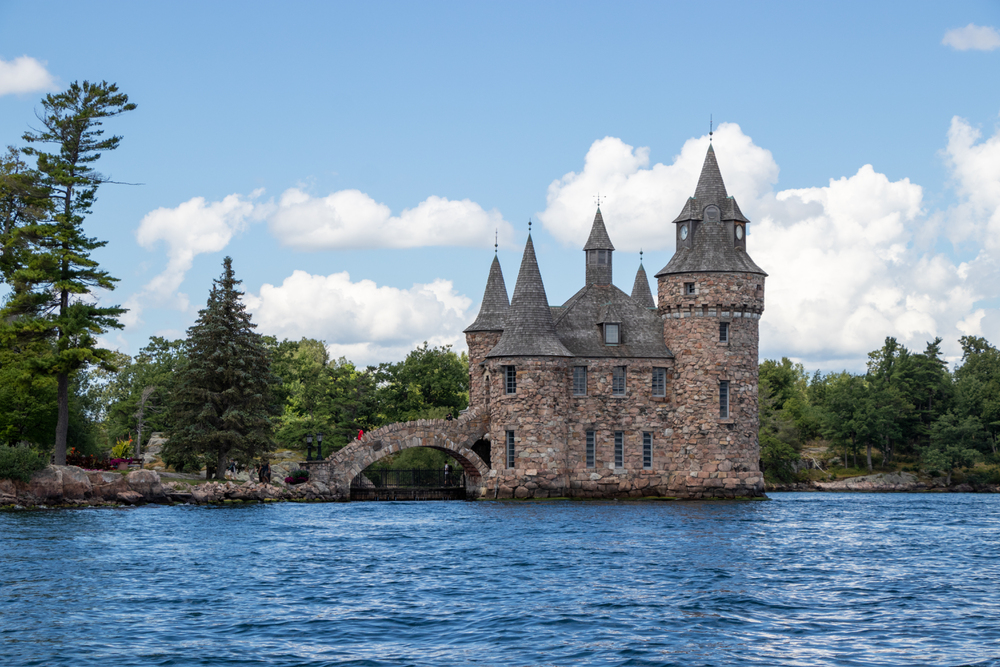
The walled city contains The Shambles, a perfectly preserved medieval street with overhanging timber-framed buildings nearly touching above the narrow passage, alongside countless snickleways (narrow passages between buildings) that create exploration opportunities throughout the historic center.
The city walls provide elevated walking paths offering orientation glimpses before descending back into the pleasant confusion of streets named gates, gates named bars, and bars serving as pubs—a nomenclature guaranteed to confuse even English-speaking visitors.
Cartagena, Colombia
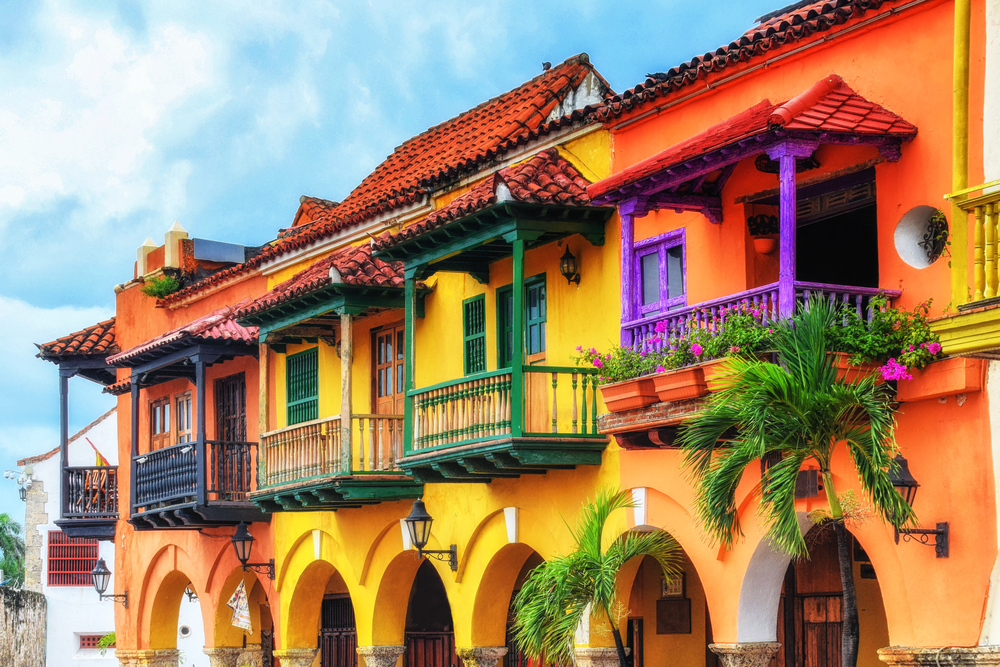
The walled colonial city features candy-colored buildings lining streets that change character completely between morning market bustle, afternoon siesta quiet, and evening festivity. The defensive walls themselves provide walking routes with orientation views before descending into the pleasant confusion of streets where bougainvillea-draped balconies create overhead canopies.
The combination of Caribbean, Spanish, and indigenous influences creates distinct neighborhood atmospheres discovered through wandering rather than directed tourism.
Marrakech, Morocco
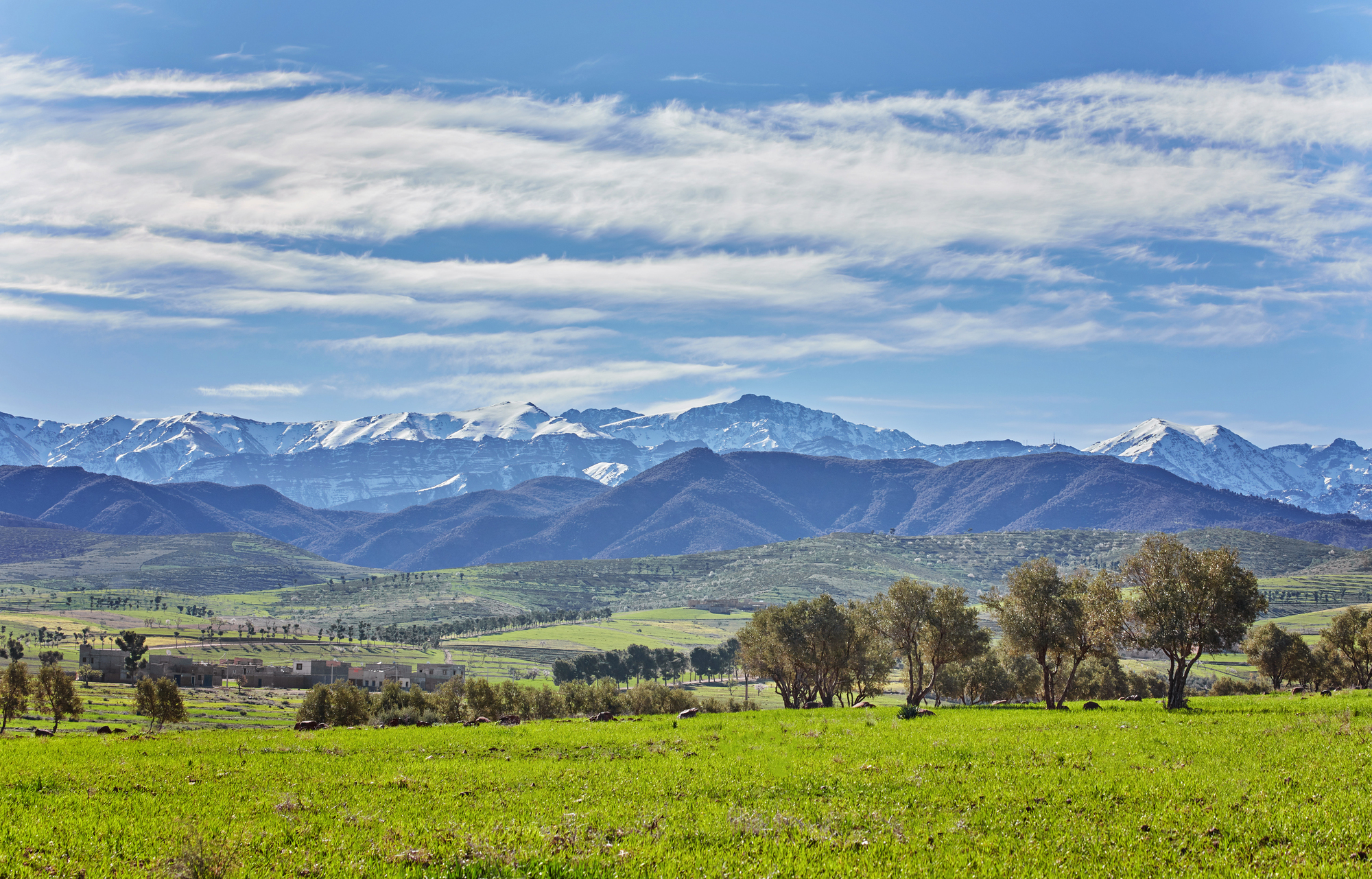
The ancient medina creates deliberate disorientation through a 19-kilometer wall punctuated by gates designed to confuse potential invaders and modern tourists equally effectively. The souks, organized loosely by traditional crafts—from metalworking to textile dyeing—create sensory-rich environments where navigation happens through smell and sound as much as sight.
The central Jemaa el-Fnaa square provides orientation before narrow derby (alleyways) lead into residential areas where everyday Moroccan life continues behind unassuming doorways.
Like Travel Pug’s content? Follow us on MSN.
Dubrovnik, Croatia
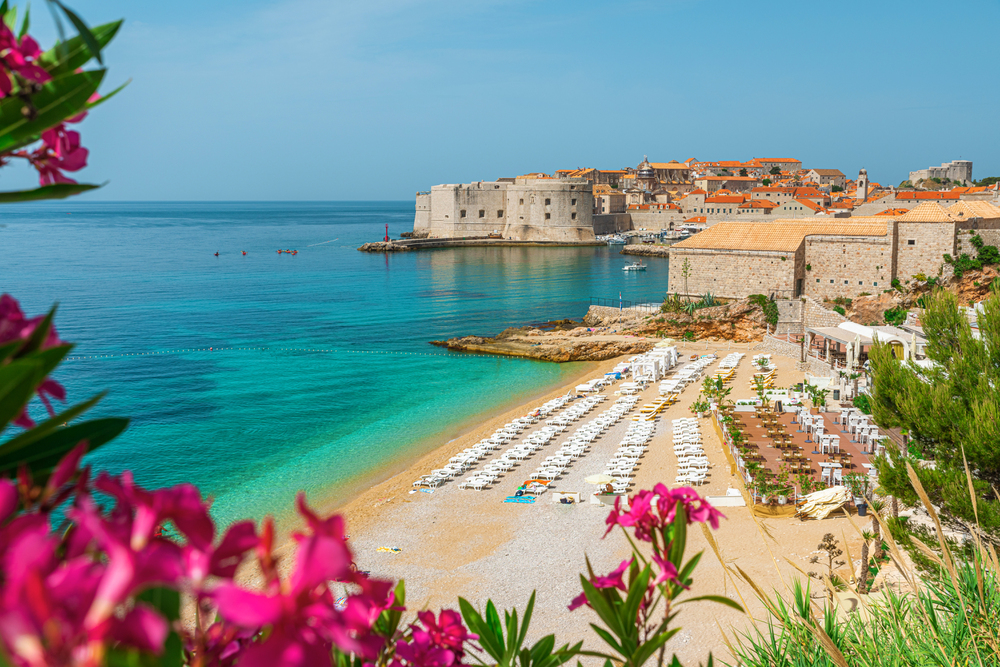
The walled city rising directly from the Adriatic contains marble-paved streets worn smooth by centuries of footsteps, connecting small squares and hidden courtyards through passages barely wide enough for two people to pass. The complex level changes with staircases connecting parallel streets at different elevations create three-dimensional exploration possibilities despite the relatively small area contained within the walls.
The uniform limestone construction means subtle details—a distinctive doorway, a small shrine, or an unusual window—become essential navigation markers.
Seoul, South Korea

Beyond the modern metropolis lie ancient hanok villages like Bukchon, where traditional Korean houses line narrow alleyways that follow terrain contours rather than imposed grid patterns. The hillside locations offer unexpected views across distinctively Korean curved rooflines to skyscrapers beyond, creating a perfect juxtaposition of historic and contemporary.
The maze-like quality encourages the discovery of traditional tea houses, artisan workshops, and small museums hidden behind unassuming wooden doors.
Bologna, Italy
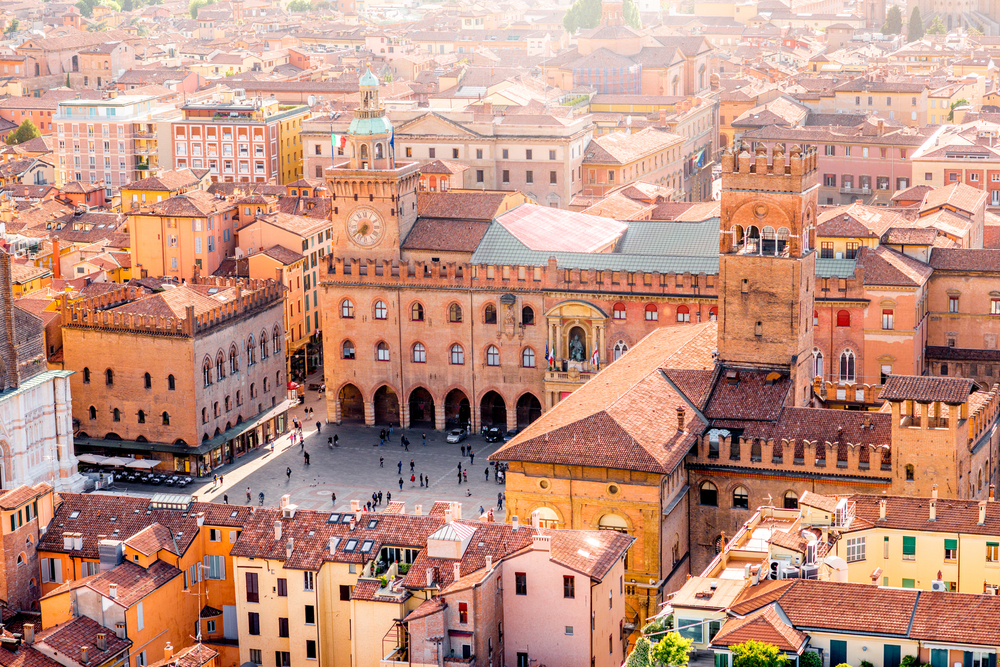
The distinctive red-hued medieval city features over 38 kilometers of porticos (covered walkways), creating sheltered exploration possibilities through complexly interconnected streets regardless of weather conditions. The due torri (two towers) provide orientation landmarks visible above terracotta rooftops before narrow side streets reclaim your sense of direction.
The university—Europe’s oldest continuously operating institution of higher learning—ensures vibrant intellectual and cultural life encountered through seemingly random wandering rather than planned itineraries.
Like Travel Pug’s content? Follow us on MSN.
Beyond the Straight Line
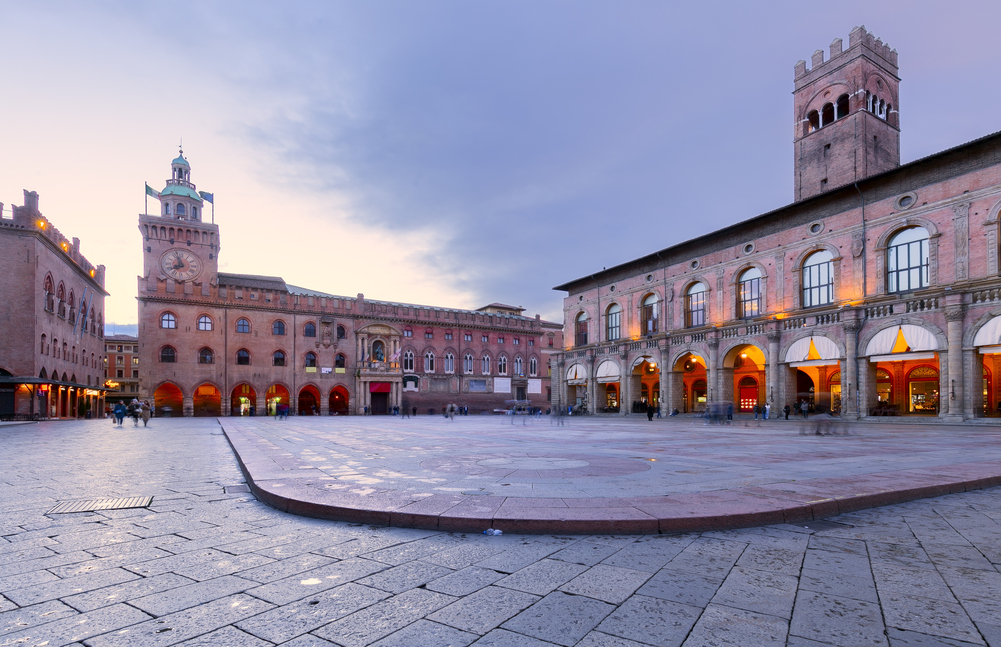
These cities remind us that efficiency—the defining principle of modern urban planning—often sacrifices the element of surprise essential to memorable place experiences. Their deliberately complex or organically evolved layouts force slower exploration, creating the conditions for genuine discovery impossible in grid-pattern cities designed for navigation rather than exploration.
In surrendering to their labyrinthine embrace, we experience urban environments as their creators intended—not as logical systems to be mastered but as living expressions of human culture revealed gradually through personal experience. These places remind us that sometimes the richest travel experiences happen precisely when we abandon predetermined routes and embrace the ancient art of getting thoroughly, wonderfully lost.
More from Travel Pug

- Cities Growing so Fast You Won’t Recognize Them in 10 Years
- 13 Destinations Where Tourists Regularly Regret Their Trip
- 20 Obscure WWII Sites Even History Buffs Don’t Know About
- 10 Under-the-Radar Mountain Towns That Are Both Affordable and Beautiful
- Remote Villages in Europe Where You Can Live for Free in Exchange for Work
Like Travel Pug’s content? Follow us on MSN.
